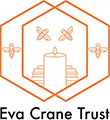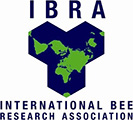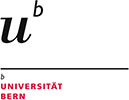|
Varroa mite, Varroa destructor, is the most destructive factor to western honey bee colonies worldwide. In |
|
Abou-Shaara, H.F. and R.M. Tabikha (2016). Morphological characterization and a morphometry map for Varroa mites from northwest of Egypt. Agronomical Research in Moldavia, 49 (4): 75-84. |
| CA4-16-08.pdf | |
| http://www.uaiasi.ro/CERCET_AGROMOLD/en-current_issue |







